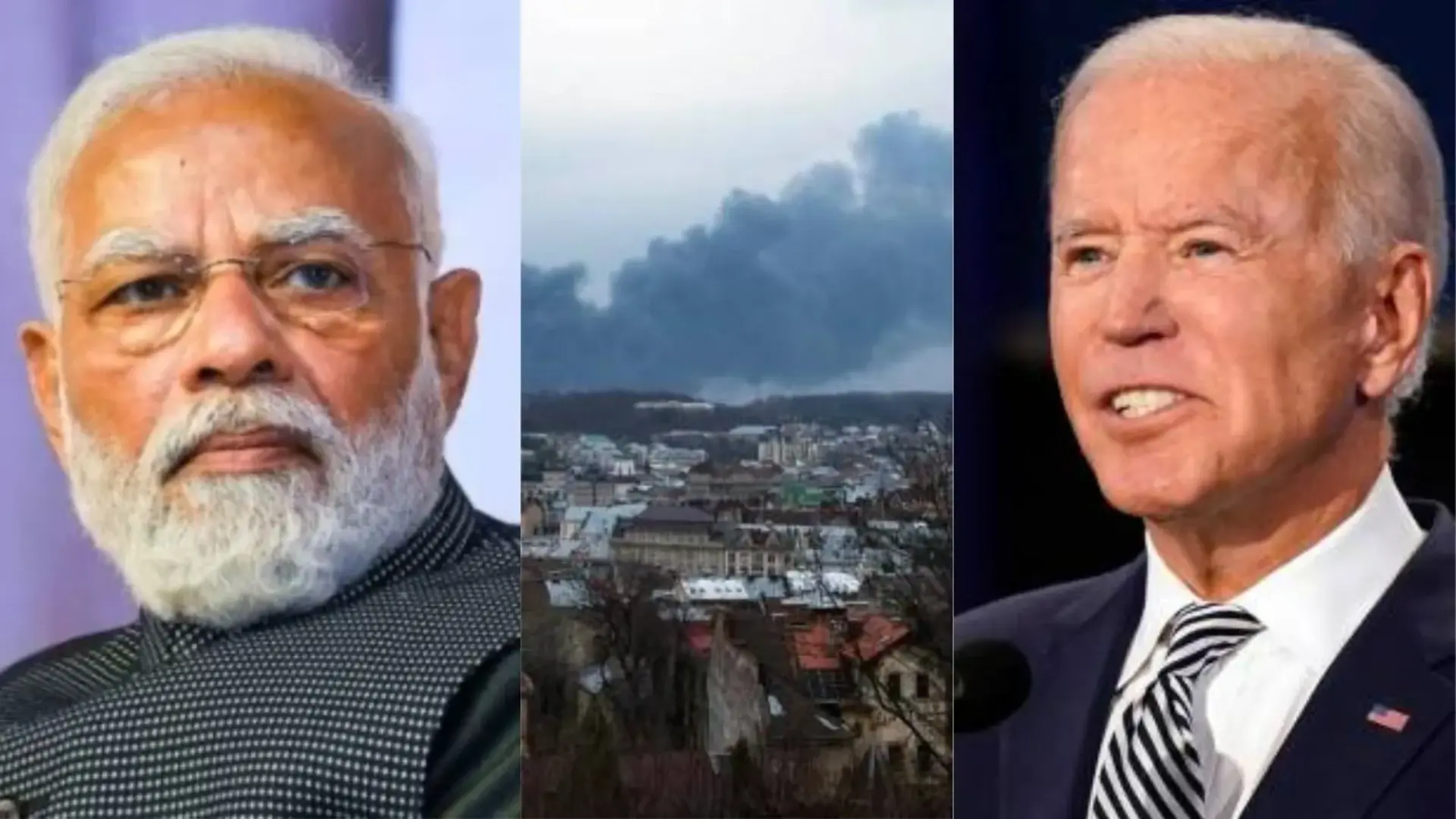Using a currency for international trade has to go beyond the currency being a medium of exchange for goods and services trade. It must reflect the ability to support transactions in the capital markets as well. This calls for greater integration and opening up of the domestic economy and the financial sector to international markets. While there are ample benefits a country gets as its currency becomes more widely used for global transactions, it also entails greater exposure to international economic shocks and exchange rate fluctuations. As the Indian Rupee gets more widely used in financial transactions, large holdings of financial assets in the Indian Rupee will heighten vulnerability to external shocks.
As the domestic economy becomes more integrated and exposed to the international economy, regulatory measures introduced within the country will have a greater impact on the global scale and will call for a more cautious application of the domestic monetary policy. It will require the adoption of a nuanced approach to policy formulation and implementation, factoring in the impact on the global economy aside from what happens at home.
The RBI is already putting enabling mechanisms in place to empower domestic banks to operate in offshore markets. This is facilitating better linkages between the domestic Indian Rupee interest rates and currency markets with offshore Indian Rupee markets. Incorporating the rupee trade settlement mechanism in July 2022, the launch of the retail version of the Digital Rupee, strengthening internal policy mechanisms to regulate financial markets, steps to liberalise the exchange rate mechanism, and measures to further integrate the domestic capital markets with international markets will move the Indian Rupee closer to becoming an international currency in the coming years.















